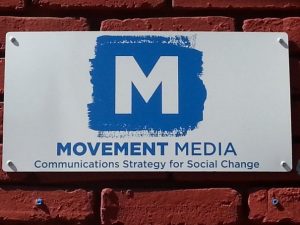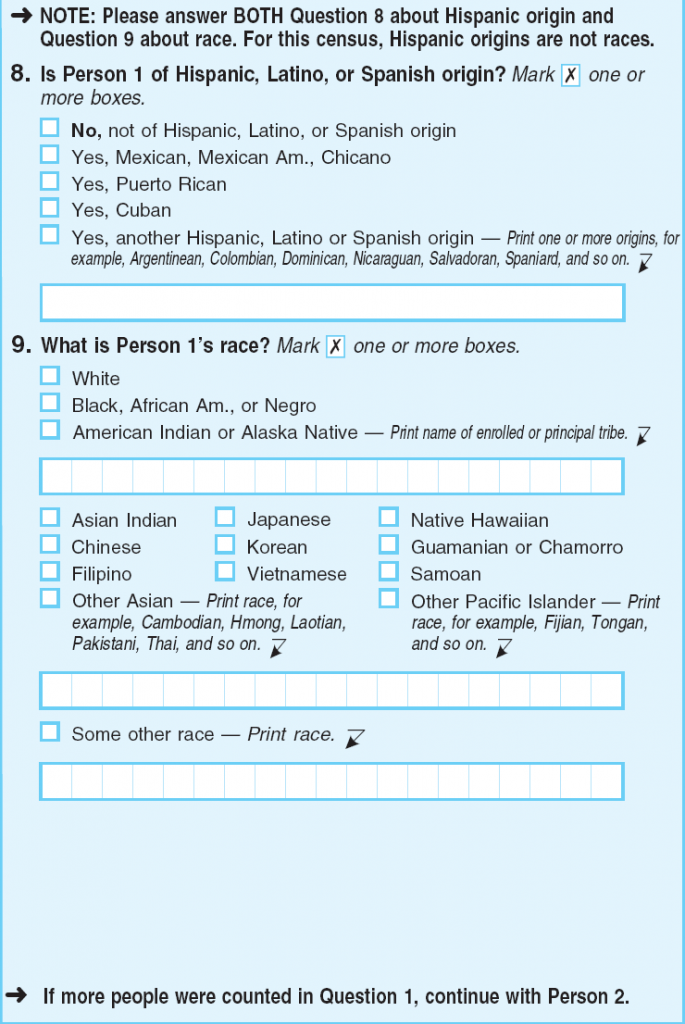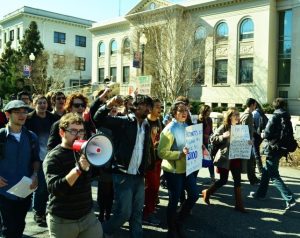By Johanna Bockman
Many scholars have assumed that Americans converted Eastern Europe, Latin America, and other parts of the world to free market capitalism by propagating mainstream American economics abroad. Mainstream American economics does present an abstract world of rational individuals and rational prices responding to supply and demand on perfect markets. Further confirming this view, famous economists, such as Milton Friedman, continually praised free market capitalism and condemned state intervention, central planning, and socialism.
Moreover, economists trained in the United States often work in the World Bank and International Monetary Fund, imposing free-market policies on those abroad. These economists seem fundamentally different from economists in the former socialist world, who, it is assumed, practiced Marxism-Leninism and called for the dismantling of free markets and imposition of centralized state planning. Yet, when we place the United States within a transnational context, we can see that its mainstream economics is rather tenuously tied to markets and capitalism and that many of the supposedly capitalist reforms thought to have been imposed by the United States abroad in fact have their origins in local attempts to perfect socialism.1 How might markets be quite socialist? How might planning be capitalist?
In my book Markets in the Name of Socialism: The Left-Wing Origins of Neoliberalism, I go back to the nineteenth-century beginnings of what would eventually become mainstream neoclassical economics in the United States and take this history up to just after 1989. Being a historical comparative sociologist, I would never use the tools of neoclassical economics. However, understanding neoclassical ideas over time and in transnational context has helped me make sense of many trends we sociologists find interesting: neoliberalism, the Washington Consensus, economic development, and many socialisms.
My research originally started in socialist Hungary, where I had attended Karl Marx University of Economics as an exchange student and took courses with teachers who sounded more like Milton Friedman and Ronald Reagan than like Karl Marx. During my later dissertation research, I found that Hungarian economists had been calling for both markets and socialism since the 1950s. My research became transnational and multi-sited as I followed the paths of economists who worked with each other across the Cold-War divide between the socialist East and the capitalist West. Economists from socialist Eastern Europe told me that they worked with, for example, economists at Harvard or at Stanford during the 1960s and 1970s. Why did economists in capitalist countries and their counterparts in socialist countries find it interesting and useful to work together? It had something to do with economists’ unexpected understandings of markets and planning. I had to look further back in history to find the answer.
Economics flowing from East to West
Marginalist economics, what would become neoclassical economics, formed in the 1870s in Austria, Britain, and Switzerland. These economists criticized Karl Marx and the labor theory of value because, they argued, value was not determined by labor but rather by supply and demand. They also understood markets as the most efficient way to allocate goods. These economists determined that they could describe the movements of supply, demand, and prices through a series of mathematical equations. In the 1890s, Vilfredo Pareto, who would later become so important to sociology, surprisingly stated that economists could ignore real markets and instead use these equations describing markets to plan the economy. A central planner could, therefore, use these tools for planning. As a result, neoclassical economists have continued to understand markets and central planning as mathematically identical and, thus, equally efficient, at least in theory.
Furthermore, these economists had long criticized Karl Marx and other socialists for refusing to describe the future socialist world. According to them and Marx himself, Marxism was, in fact, a critique of capitalism, not a science of socialism. Karl Polanyi (1922) similarly recognized that only marginalist economics provided a model for a socialist economy: Marx had indeed created a theory of the capitalist economy; it however consciously avoids mentioning a theory of the socialist economy. The only theory of a market-less economy that we have at our disposal originated from the marginalist school and indeed as the theory of a closed economy. So, paradoxical as it might sound in many ears, a communist administered economy could turn only to this school to found its own theoretical economics.
In the 1920s, neoclassical economists developed their theories and complex mathematics in Moscow, St. Petersburg, Vienna, and Berlin. The Soviet Union then exiled many neoclassical economists, who went to work in the lively intellectual worlds of Vienna and Berlin. With the rise of the Nazis and the coming war, many of these economists brought their professional knowledge to the United States. There they found work in the military and in universities often on military contracts. Some economists later worked within large corporations, including IBM. Both those working for the military and for corporations within a capitalist system continued to practice planning as they had in the planned economies of Eastern Europe, and they thus brought new planning methods for economies into these large organizations. Planning turned out to be as important for capitalism as for socialism.
Other neoclassical economists remained in socialist Eastern Europe and used their professional training to develop a variety of socialisms. Some worked in the national planning offices. Others criticized central planning as carried out in their own countries and called for market socialisms based on the models of neoclassical economics. In socialist Yugoslavia, for example, economists worked towards dismantling the state, creating completely free markets, and converting state property into the “social property” of cooperatives and worker-managed factories and other enterprises. These cooperative enterprises would, ideally, compete on a free market, thus realizing a socialism of actual workers’ power and the stateless society all agreed was the goal of communism. In the minds of these economists, the Soviet Union and the United States could only create statism, while truly socialist countries could establish fully competitive markets and radical workers’ power. Thus, they used markets in the name of socialism.
Economists East and West found both markets and planning professionally interesting and useful. Those outside of economics often label economists as either for free markets (Milton Friedman) or against free markets (maybe Paul Krugman or Joseph Stiglitz). Whatever their politics, in their professional work, economists do not choose between markets and planning because both markets and planning are located at the core of their professional work. Economists from many different political orientations often pursue quite similar professional practices. Paul Krugman (2007) has rejected the politics and ideology of Milton Friedman, while stating: “I regard him as a great economist and a great man,” which he similarly espoused more recently (Krugman 2013). Similarly, Paul Samuelson (1983) supported Keynesianism and Friedman’s professional work: “I could disagree 180º with [Friedman’s] policy conclusion and yet concur in diagnosis of the empirical observations and inferred probabilities” (pp. 5–6). This shared neoclassical practice enabled Milton Friedman to work for a short time in the socialist Yugoslav central bank (Friedman and Friedman 1998: 291-293). Finally, in contrast, Milton Friedman rejected the professional work of Friedrich von Hayek, while accepting his politics, because Hayek no longer practiced neoclassical economics.
Mainstream neoclassical economists do differ over the type of institutions they recommend to organize the economy – economic democracy or technocratic planning, forms of property, and so on. On the one hand, by the late 1980s, planners and other more authoritarian neoclassical economists in the East and West continued to support more hierarchical institutions, such as large-scale corporations and a strong disciplinary state, deemed necessary for both competitive markets and central planning (e.g., Lipton and Sachs 1990). On the other hand, other neoclassical economists understood markets and planning as necessarily embedded in decentralized socialist institutions that would allow political and economic democracy (e.g., Stiglitz 1994). The usual focus on market versus planning, Hayek versus Keynes, has obscured the nature of neoclassical economics, neoliberalism, and what was at stake in 1989.
What was at stake in 1989?
Throughout the 1980s economists in Eastern Europe called for “genuine markets” and for radical economic reforms, but these calls remained within a socialist framework. Eastern European economists had long envisioned reform as a process that could move forward or backward, as “stages” or “waves” of reform, but essentially as a linear process, a single path toward a more successful socialist economy. The experience of recurring political obstacles to reform had made economists interested in radical economic reform, which, in the context of the late 1980s, meant “genuine,” competitive markets and socialist institutions, especially socially owned, non-state enterprises with worker self- management. The idea of achieving a pure form of market socialism that brought together competitive markets and socialist institutions evoked a great deal of excitement in late 1980s Eastern Europe and elsewhere. The transition offered the possibility of radical economic reform and the final realization of market socialism with actual workers’ power.
After 1989, however, the political opportunity structure changed. Political and economic elites interested in centralized authority in both corporations and the state shifted the policy discussion from socialist transition to capitalist transition. Only then did American neoclassical economics flow from West to East. Economic consultants, usually unaware of earlier East-West discussions and the continuous neoclassical work during socialism, found an unexpected consensus in favor of competitive markets and against Soviet state socialism.2 A strong state – much like neoclassical economics’ central planner – imposed neoliberal policies that undermined the markets, the businesses, the international trade, and the worker self-management developed during socialism. This destruction was done rhetorically in the name of markets and in practice in the name of old and new economic elites and hierarchies.
Fundamentally, neoliberalism privatized public goods. What characterizes neoliberalism is that individuals dispossessed societies of a variety of socialist products and institutions: companies, mines, workers’ resorts, cooperatives, squats, money accumulated through socialist trade and production, as well as socialist ideas or goals, such as workers’ power, decentralization, and so on. Looking back to Keynesianism and the New Deal, we can see these as appropriating the products of 1930s state socialist movements with the goal of saving capitalism. Similarly, more recently, neoliberalism appropriates the products of socialist and other non-capitalist movements with the goal, again, of saving capitalism. Therefore, 1989 involved accumulation by dispossession and the privatization of social property rather than a conflict between markets and planning.
Notes
- Americanization narratives assume that the active agents are American, while the rest of the world remains passively vulnerable to indoctrination and conversion. As with other scholars (Eyal 2003; Gille 2010; Lemon 2008; Rogers 2010), I realized that such assumptions are incorrect. During socialism, Eastern European countries had their own traditions of neoliberalism or traditions that could be distorted into neoliberalism. Recognizing the Eastern European origins of neoliberalism allows us to move away from U.S.-centrism or (West-)Euro-centrism. In this paragraph, one could replace “American” with “European” or “West European” to talk also about Westernization.
- Gil Eyal and I talk about this process (Bockman and Eyal 2002). Recently, I wrote a short explanation of neoliberalism intended for a general audience (Bockman 2013).
Works Cited
- Bockman, Johanna. 2013. “Neoliberalism,” Contexts 12(3): 14-15.
- ——. 2011. Markets in the Name of Socialism: The Left-Wing Origins of Neoliberalism. Stanford University Press.
- —— and Gil Eyal. 2002. “Eastern Europe as a Laboratory for Economic Knowledge: The Transnational Roots of Neoliberalism,” American Journal of Sociology 108(2): 310–52.
- Eyal, Gil. 2003. The Origins of Postcommunist Elites: From Prague Spring to the Breakup of Czechoslovakia. Minneapolis: University of Minnesota Press.
- Friedman, Milton and Rose D. 1998. Two Lucky People: Memoirs. Chicago: University of Chicago Press.
- Gille, Zsuzsa. 2010. “Is there a Global Postsocialist Condition?” Global Society 24(1):9–30.
- Krugman, Paul. 2013. “Milton Friedman, Unperson,” New York Times (August 11). http://www.nytimes.com/2013/08/12/opinion/krugman-milton-friedman-unperson.html
- ——. 2007. “Who was Milton Friedman?” New York Review of Books (February 15). http://www.nybooks.com/articles/archives/2007/feb/15/who-was-milton-friedman/?pagination=false
- Lemon, Alaina. 2008. “Writing against the New ‘Cold War,’” Anthropology News 49(8): 11–12.
- Lipton, David, and Jeffrey Sachs. 1990. “Creating a Market Economy in Eastern Europe: The Case of Poland,” Brookings Papers on Economic Activity 1990(1):75–147.
- Polanyi, Karl. 1922. “Sozialistische Rechnungslegung.” Archiv für Sozialwissenschaft und Sozialpolitik 49(2): 377–420.
- Rogers, Douglas. 2010. “Postsocialisms Unbound: Connections, Critiques, Comparisons,” Slavic Review 69(1):1–15.
- Samuelson, Paul A. 1983. “My Life Philosophy,” The American Economist 27(2):5–12.
- Stiglitz, Joseph E. 1994. Whither Socialism? Cambridge, MA: The MIT Press.



